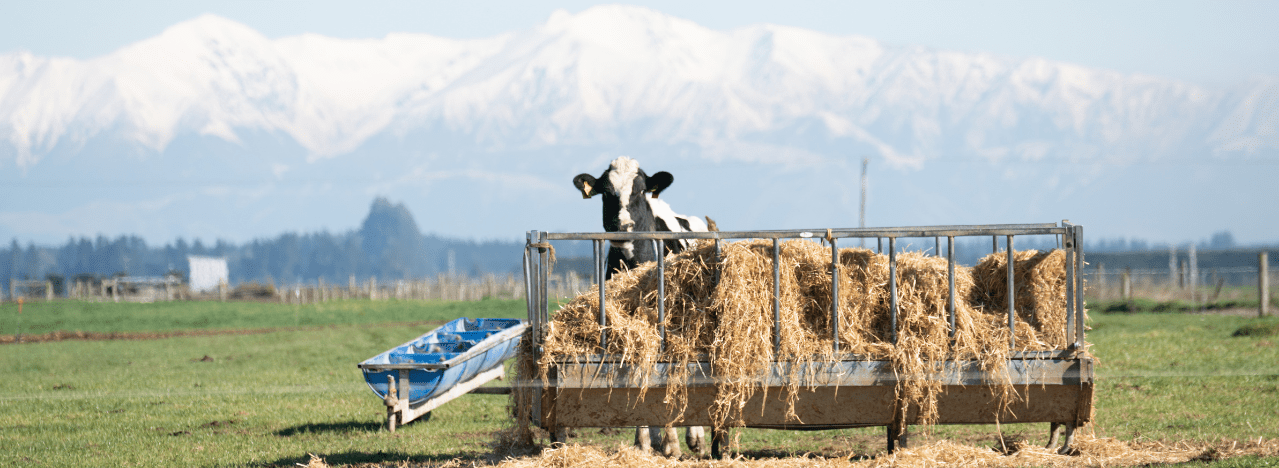
I recently wrote an article for the Dairy Farmer around Early Lactation and its impact on dairy cows in New Zealand:
Early lactation, spanning both calving and mating, is a stressful time for cows as energy demand is very high at a time when cows may struggle to eat enough to supply that demand. It is critical to ensure optimal rumen performance is achieved to meet the energy needs for production and reproduction, while at the same time maintaining body condition. Without a balanced nutrition plan during this critical time, deficiencies in key nutrients can also be an issue, affecting peak production, ongoing lactation, and later, reproductive performance.
It’s not rocket science, nor is it a secret – well-fed cows hold better condition through lactation. Providing the cow has been transitioned well (fed the correct balance of minerals and feeds) she will come into lactation with higher rumen performance and lowered risk of developing metabolic diseases, such as milk fever and ketosis. Superior rumen capacity will enable her to eat a full quota of grass each day, and efficiently convert the nutrients obtained to the energy required to drive higher milk production, while achieving better health outcomes.
Increased milk production causes nutrient demand to increase rapidly. It is important that this demand is met through good quality feed. It is essential that a cow eats as much feed as possible during this time in order to maintain condition, produce milk and drive the hormones required over the coming weeks to become pregnant again.
Ideally, this feed provides the correct levels of quality protein, sugar, fibre, and essential vitamins and minerals. In reality, with most feed production these days focused on quantity instead of quality, a lot of feed provides poor protein, fibre, and mineral levels. The most common mineral deficiencies we see during early lactation are calcium and phosphorus. Both of these minerals are vital for feed intake, conversion, milk production, and maintaining body condition.
A detailed picture of the nutrition status of a cow can help determine any nutrient deficiencies where possible energy absorption and distribution is being lost. By digging deeper into cow nutrition and adapting research, we can address any gaps in nutrient levels and remedy these before they become serious and long-lasting problems.
Supplementation is an easy, cost effective and efficient way to ensure the cow is receiving the correct levels of essential vitamins and minerals to allow her to meet milk production and reproduction demands during this time. The right supplement for early lactation should include a comprehensive formulation that’s high in calcium, magnesium, and phosphorus, while also supplying adequate trace element levels. Rumen buffers can also be very useful in stabilising rumen pH over this time, as these allow higher rumen performance without risking sub-acute acidosis, a common problem in early lactation. Feed and soil tests are helpful in building a picture of the nutrition status of the cow, while research on nutrient requirement levels at different levels of production can help determine supplementation most effectively.
Early lactation presents a critical period for the cow and farmer, with cow health dictating the success of an entire season and ongoing farm profitability. Luckily, these days, there’s an accessible bank of knowledge and technology to make sure your herd is on track for optimal production, reproduction, and overall performance at every stage of lactation.
Article: Chris Balemi, Agvance Nutrition